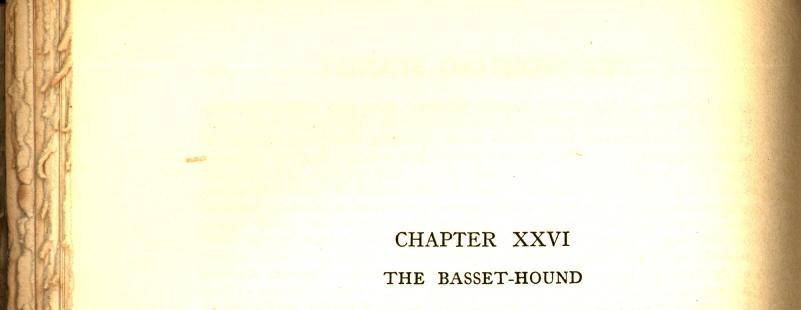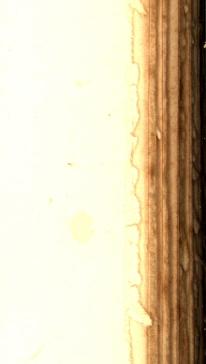173
THE Basset was not familiarly known to British sportsmen before 1863, in which year specimens of the breed were seen at the first exhibition of dogs held in Paris, and caused general curiosity and admiration among English visitors. In France, however, this hound has been used for generations, much as we use our Spaniel, as a finder of game in covert, and it has long been a popular sporting dog in Russia and Germany. In early times it was chiefly to be found in Artois and Flanders, where it is supposed to have had its origins; but the home of the better type of Basset is now chiefly in La Vendee, in which department some remarkably fine strains have been produced.
There are three main strains of the French Basset-the Lane, the Couteulx, and the Griffon. The Griffon Basset is a hound with a hard bristly coat, and short, crooked legs. It has never found great favour here. The Lane hounds are derived from the kennels of M. Lane, of Franqueville, Baos, Seine-Inferieure, and are also very little appreciated in this country. They are a lemon and white variety, with torse or bent legs. The Couteulx hounds were a type bred up into a strain by Comte le Couteulx de Canteleu. They were tricolour, with straight, short legs, of sounder constitution than other strains, with the make generally of a more agile hound, and in the pedigree of the best Bassets owned in this country fifteen years ago, when the breed was in considerable demand, ^Comte de Couteulx's strain was prominent and always sought for.
With careful selection and judicious breeding we have now 172
produced a beautiful hound of fine smooth coat, and a rich admixture of markings, with a head of noble character and the best of legs and feet. Their short, twinkling legs make our Bassets more suitable for covert hunting than for hunting hares in the open, to which latter purpose they have frequently been adapted with some success. Their note is resonant, with wonderful power for so small a dog, and in tone it resembles the voice of the Bloodhound.
The Basset-hound is usually very good tempered and not inclined to be quarrelsome with his kennel mates ; but he is wilful, and loves to roam apart in search of game, and is not very amenable to discipline when alone. On the other hand, he works admirably with his companions in the pack, when he is most painstaking and indefatigable. Endowed with remarkable powers of scent, he will hunt a drag with keen intelligence.
There are now several packs of Bassets kept in England, and they show very fair sport after the hares ; but it is not their natural vocation, and their massive build is against the possibility of their becoming popular as harriers. The general custom is to follow them on foot, although occasionally some sportsmen use ponies. Their pace, however, hardly warrants the latter expedient. On the Continent, where big game is more common than with us, the employment of the Basset is varied. He is a valuable help in the tracking of boar, wolf, and deer, and he is also frequently engaged in the lighter pastimes of pheasant and partridge shooting.
The Earl of Onslow and the late Sir John Everett Millais were among the earliest importers of the breed into England. They both had recourse to the kennels of Count Couteulx. Sir John Millais' Model was the first Basset-hound exhibited at an English dog show, at Wolverhampton in 1875. Later owners and breeders of prominence were Mr. G. Krehl, Mrs. Stokes, Mrs. C. C. Ellis and Mrs. Mabel Tottie.
As with most imported breeds, the Basset-hound when first exhibited was required to undergo a probationary period as a foreign dog in the variety class at the principal shows. It was





